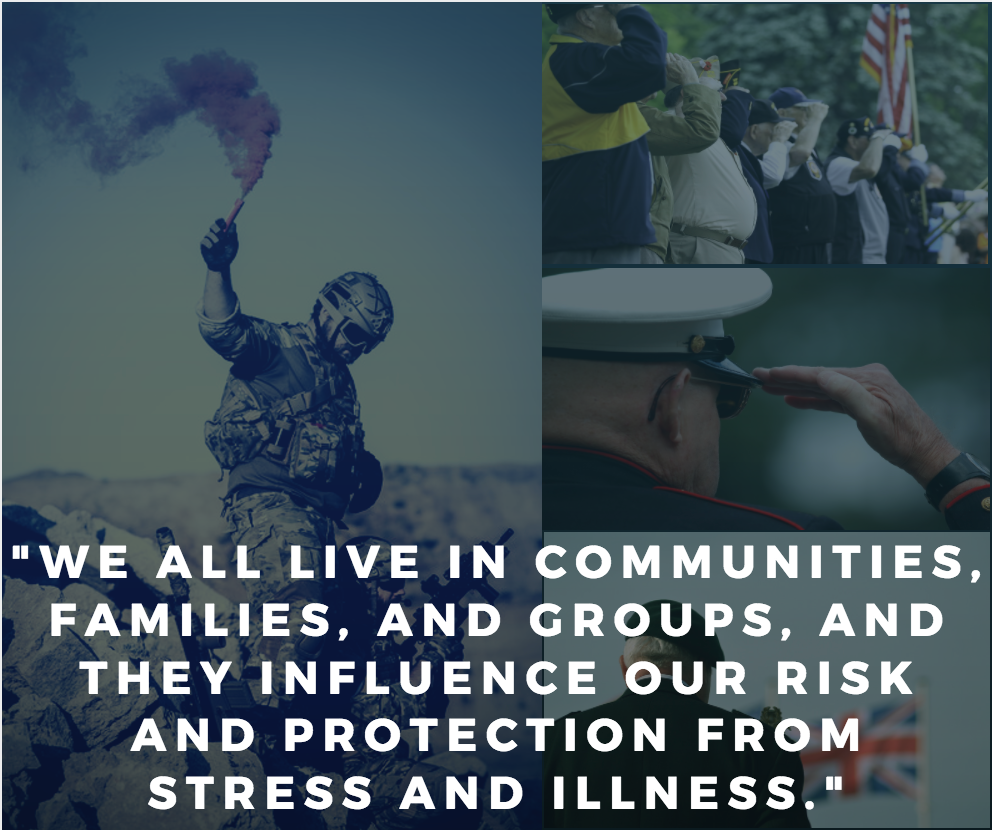Article
Misery Loves Company: How Suicidal Behavior Spreads in Army Units and Beyond
Author(s):
Soldiers in army units where suicide attempts occured in the past year were more likely to attempt suicide themselves.

Suicide within an army unit can be contagious, according to a recent study.
“The findings indicate that when a suicide attempt occurs in a unit, there is increased risk of another suicide attempt,” said Robert Ursano, MD, the study’s lead author and director of the Center for the Study of Traumatic Stress at Uniformed Services University.
Ursano and colleagues used data from the Army Study to Assess Risk and Resilience in Servicemembers (STARRS) to identify 9650 active-duty, regular US Army enlisted soldiers who attempted suicide from 2004 to 2009. They then controlled for sociodemographic features, service-related characteristics, prior mental health diagnosis and other variables including death.
Of the final analytic sample of 9512 soldiers who attempted suicide during that period, researchers found that soldiers were more likely to attempt suicide if there had been 1 or more suicide attempt in their unit within the past year (odds ratios 1.4-2.3; p < 0.001), with the odds increasing as the number of attempts increased.
Moreover, the odds of a suicide attempt among soldiers in a unit with 5 or more suicide attempts within the past year was more than double that of soldiers in a unit with no previous attempts (OR 2.3; 95% CI, 2.1-2.6).
The association between previous suicide attempts and likelihood of future attempts was statistically significant regardless of a soldier’s occupational specialty and the size of their unit, but was more pronounced in smaller units, Ursano said.
If a unit’s suicide-attempt rate was dropped from 1 or more suicide attempts to no attempts, 18.2% of suicide attempts would not occur, he added.
“These findings support developing unit-based interventions to address unit related risk factors,” Ursano told MD Magazine. “These interventions will need to be developed and tested.”
Of the nearly 10,000 soldiers who attempted suicide between 2004 and 2009, 86.4% were male, 68.4% were 29 years or younger, 62.2% were younger than 21 when they entered the army, 59.8% were white, 76.6% were high-school educated, and 54.8% were currently married.
Data from the study indicate that further trials are warranted for determining suicide risk in civilian populations.
“Suicide clusters are observed in civilian populations as well, but have not been as well empirically studied,” Ursano said. “The findings also emphasize that we all live in communities, families, and groups, and that they influence our risk and protection from stress and illness.”
Because researchers studied suicide attempts that took place between 2004 and 2009, when US wars were “broad and ongoing,” according to Ursano, the authors will soon be looking at more recent data to see if the findings are consistent when fighting is relatively less engaged.





